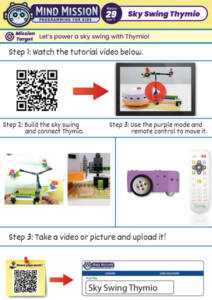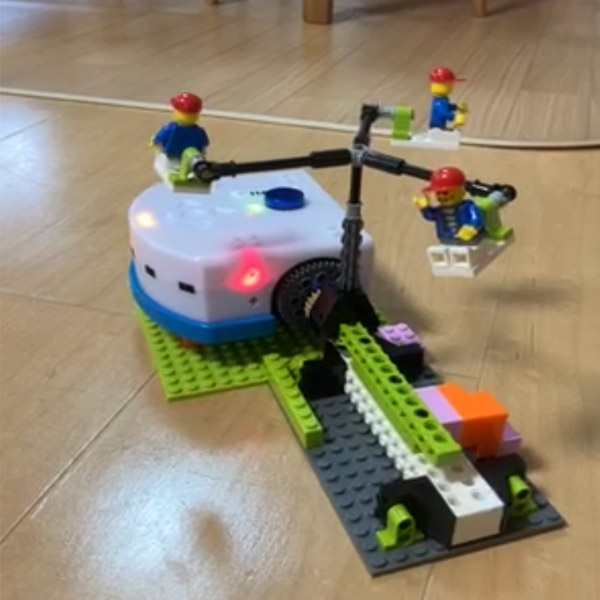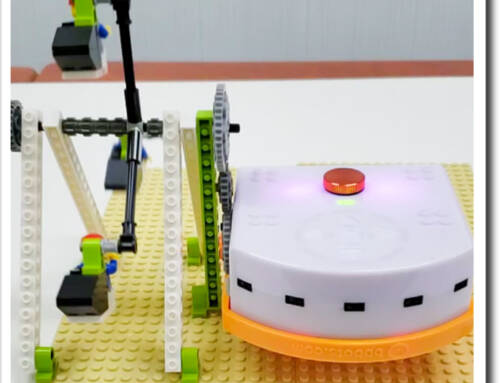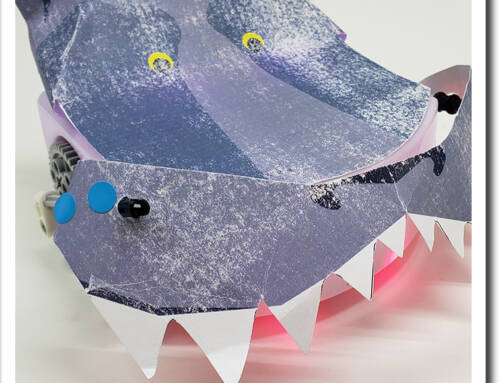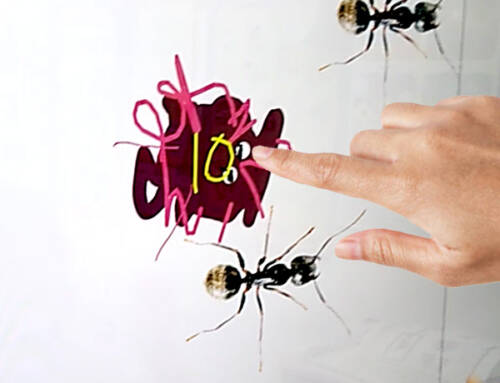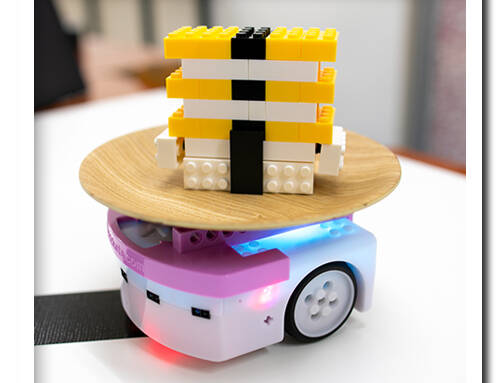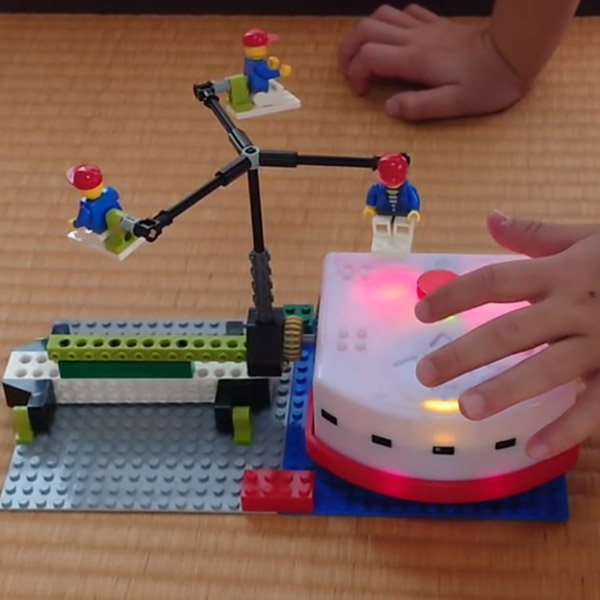
This lesson combines engineering, creativity, and programming:
- Follow instructions to build a functional sky swing using LEGO-style bricks.
- Explore how gears can be used to transfer motion at 90-degree angles.
- Advanced: Use VPL3 or Scratch to program the sky swing to start, stop, and adjust swing speeds automatically.
- Advanced: Add music to the sky swing using Thymio’s speaker or Scratch audio to create a lively amusement park atmosphere.
Sky Swing with Thymio Lesson Key Concepts
Learn how to build and automate an amusement park sky swing ride with Thymio and LEGO-style bricks! This lesson introduces engineering, creativity, and programming while exploring how gears can be used at 90-degree angles:
- Follow instructions to build a functional sky swing using LEGO-style bricks.
- Understand how to use gears to create movement at 90-degree angles.
- Advanced: Use VPL3 or Scratch to program the sky swing to start, stop, and control swing speeds.
- Advanced: Add music to the sky swing using Thymio’s speaker or Scratch audio to create a lively amusement park atmosphere.
Lesson Overview
In this lesson, students will:
- Build a sky swing ride using LEGO-style bricks and follow step-by-step instructions.
- Learn how to connect gears at 90-degree angles to achieve rotational movement.
- Experiment with programming tools (VPL3 or Scratch) to automate the swing’s movements and control its speed.
- Incorporate music or sound effects to enhance the sky swing’s amusement park theme.
By the end of this lesson, students will gain hands-on experience in mechanical engineering, programming, and creative design, building confidence in STEM concepts.
Products/Materials
The following products and resources can be used in this lesson:
FUN FACT!

Did you know that gears can transfer motion at different angles? For example, a gear system set at 90 degrees can change rotational motion into vertical or horizontal movement, just like in the sky swing you’ll build in this lesson!
Download the Lesson PDF Files Below:
Check out the video tutorial/solutions below:
See student solutions below:


